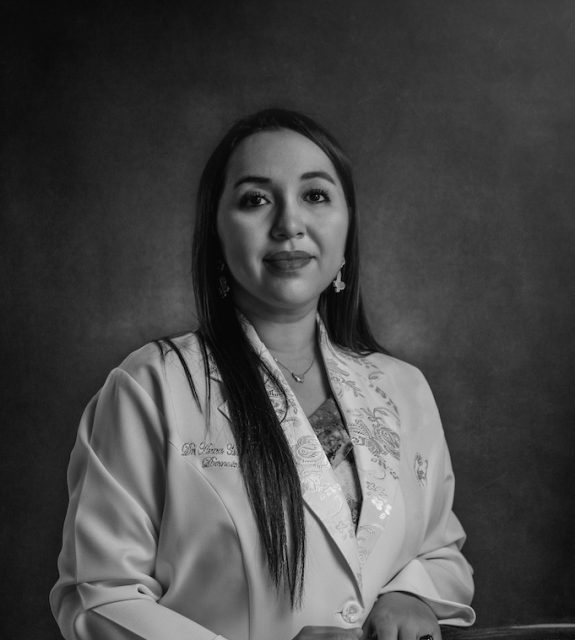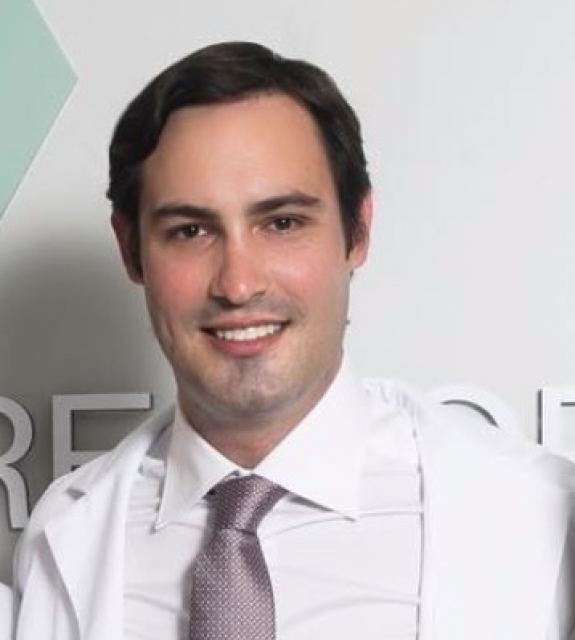If you've ever had to have a condition of your lungs, colon, throat or GI tract diagnosed, then you've probably had an endoscopy. Endoscopy is a very common method for medical imaging where doctors use an endoscope, a long, thin tube with a light and camera at the end, to enter an opening to get a closer look at the suspected problem area. It is a very minimally invasive procedure but can create discomfort and minor side effects like cramps, possible oversedation and even tissue perforation causing minor internal bleeding.

A new discovery of a noninvasive ultrasound imaging technique by Maysam Chamanzar, an assistant professor at Carnegie Mellon University, and Matteo Giuseppe Scopelliti, a doctoral researcher in the same department, may eradicate the need for endoscopy altogether. Because endoscopy uses a physical lens to analyze tissue, which restricts the validity of optical imagery, the new technique trumps the endoscopy entirely. The new technique uses a 'virtual lens,' in which technicians can noninvasively take images that were never previously accessible. The images are available because the virtual lens, as Chamanzar describes, 'uses ultrasound waves to sculpt a virtual optical relay lens within a given target medium, for example, biological tissue. Therefore, the tissue is turned into a lens that helps capture and relay images of deeper structures.'
When asked to describe how innovative the discovery is, Chamanzar stated, 'Being able to relay images from organs, such as the brain, without the need to insert physical optical components will provide an important alternative to implanting invasive endoscopes in the body.' The new technology can simply be applied to the skin's surface, and healthcare professionals can procure the images necessary to properly diagnose patients. Already the new method has been used in brain imaging, dermatological diagnosing, and identifying tumors throughout the body.
References:
https://www.nature.com/articles/s41377-019-0173-7
https://www.medicalnewstoday.com/articles/325980.php
























